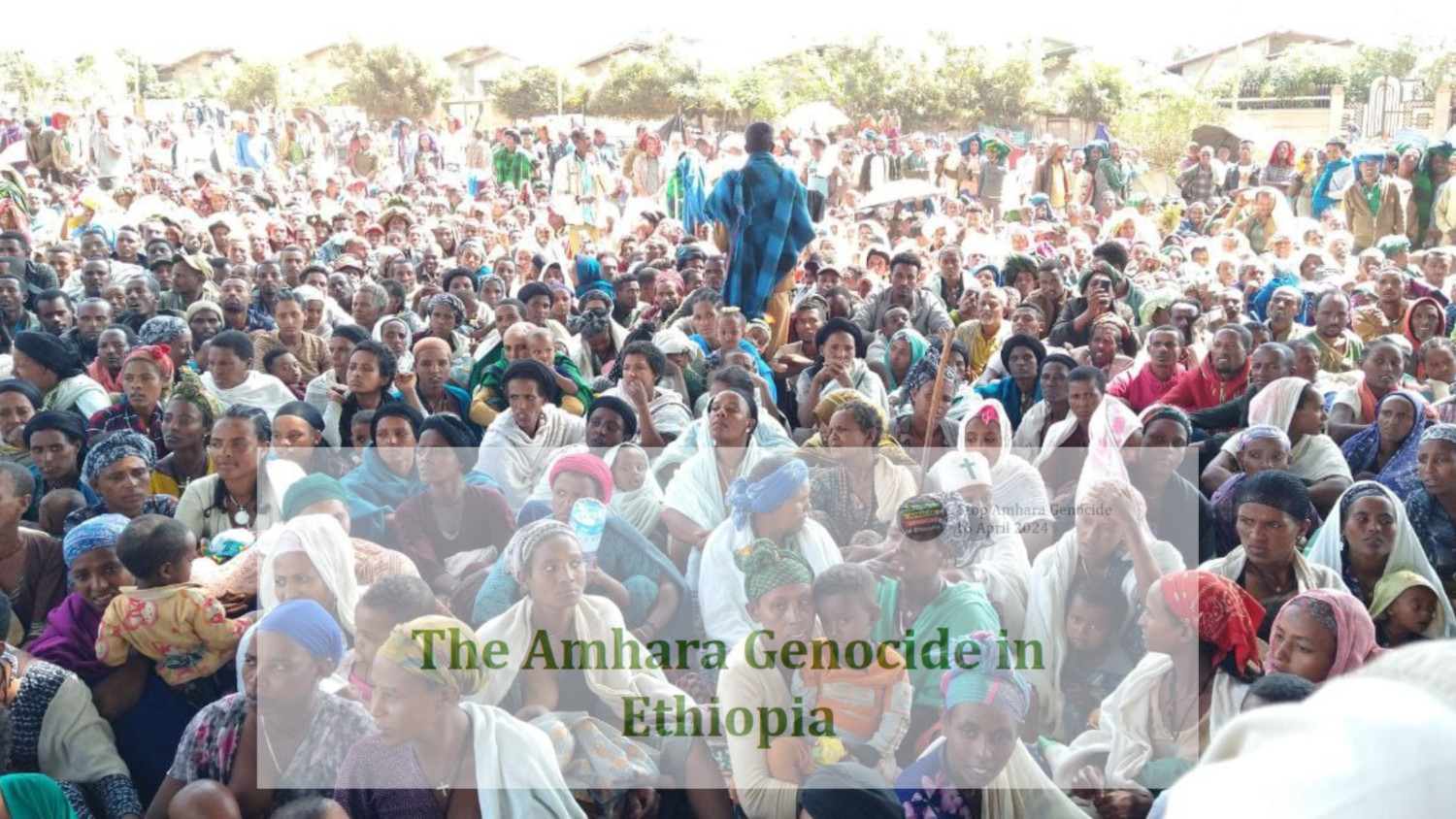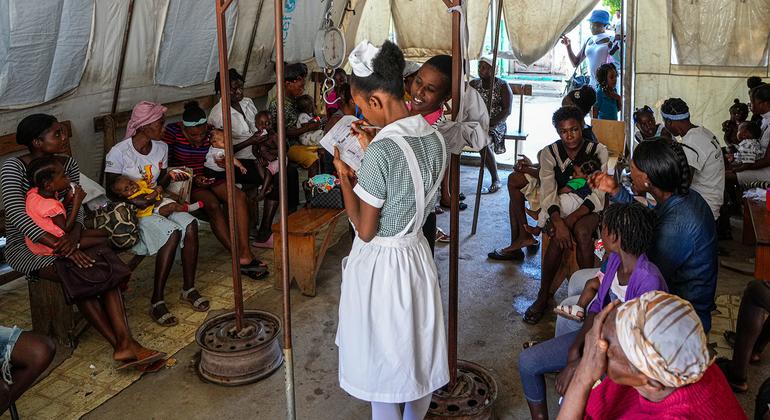Disproportionate use of police forces in search of… inexistent victims of MISA
On 28 November 2023, just after 6 a.m., a SWAT team of around 175 policemen wearing black masks, helmets, and bulletproof vests, simultaneously descended on eight separate houses and apartments in and around Paris but also in Nice, brandishing semi-automatic rifles.
These searched places were being used for spiritual retreats by practitioners of yoga connected with MISA yoga school in Romania. On that fateful morning, most of them were still in bed and were awakened by very loud noises and shouting.
The first objective of the police forces was to identify, arrest, detain and indict suspects of “trafficking in human beings”, “forcible confinement” and “abuse of vulnerability”, in organized gang. The second goal was to obtain declarations of their victims as elements of evidence.
In Buthiers (Paris Region), 20 people – 15 women and 5 men – were having their retreat at the time of the raid. They included engineers, designers, teachers, psychologists, a student in psychology, a philologist, a sociologist, a medical doctor, an actor, and so on. They had graduated from high schools, faculties of sociology, psychology, electronics, mathematics, IT science in Bucharest, Cluj Napoca, Chisinau (Moldova), Buenos Aires (Argentina)…
Human Rights Without Frontiers interviewed one of the residents, Ms S.C. (*), an Orthodox woman who had been practicing Hatha, Tibetan and other forms of yoga in Romania for 32 years. She had come from Iasi to Buthiers in the car of her boyfriend who had other things to do in Paris. They both knew that retreat center where they had already spent several weeks a few years ago. It was spacious, comfortable and well-equipped.

Interview
Q.: What happened in the spiritual retreat center of Buthiers in the early morning of 28 November 2023?
A.: I was suddenly woken up by a lot of noise and shouting. It was still dark outside and all I could see looking out of the window were beams of light from flashlights. I could hear people shouting, running and violently banging objects around the house.
At first I didn’t even realize what was going on. I thought that a gang of villains had broken into the house and they were going to kill us. Shortly after this first frightening thought, I began to understand some words in the shouting and I realized that it was actually a raid by the French police.
At that moment I began to wonder about the reasons of such a brutal and unexpected action. There were only peaceful people in the house who had come to the spiritual retreat center to regenerate through relaxation practices and walks in the wonderful natural environment.

Ignoring the proposals of the guests to quietly open the doors with the keys of the house, the police smashed the entrance doors of the building as well as various premises with battering rams, and hereby caused a lot of damage.
Several men and women were violently pinned to the ground and handcuffed with their hands in their back although they had not shown any sign of resistance.
After about three hours we were told to quickly pack all our bags because we would be taken to another place for questioning and we would not be allowed to return to the retreat center.
The police thoroughly checked the things we were putting in our luggage: clothes, underwear, notebooks, etc. Our personal electronic items were confiscated on the grounds that they were ‘evidence’ although we were never told about any charge. We had to leave behind many of our personal belongings, even medicines. We were not allowed to take food or water with us but I managed to keep one bottle.
Q.: Where were you taken to and what happened there?
A.: We were sent by bus to the headquarters of the National Police Academy in Cannes-Ecluse and gathered in a conference room. Eight hours had already passed since the raid began. For the first time, one of the policewomen told us the reasons for the raid and the fact that we were considered possible victims of trafficking, deprivation of freedom and sexual abuse.
We asked all very surprised to hear such an explanation. We replied that the only people who had deprived us of our freedom in France were the police who had confiscated our identity papers and personal phones.
Most of us were still in a state of emotional shock, scared and traumatized by all the events that had unfolded. We asked several times for the assistance of a lawyer but our request was turned down on the grounds that our status did not allow us to do so. They tried in various ways to get us to “talk” including under pressure of keeping us locked up for up to 96 hours (legal duration of a “garde à vue”, deprivation of freedom).
Without a lawyer, I refused to answer any questions because I was still under the emotional shock of that event.

We were also proposed to talk to a representative of an association helping victims of trafficking and/or sexual abuse but I refused because I was not a victim.
They kept telling us that we were victims and that they had rescued us but this was a kafkaiesque situation, a real dialogue of the death. We had not been trafficked into France, we were not victims of MISA and we did not need to be rescued.
Q.: How were you finally released and in which conditions?
A.: After about two or three hours they gave me back my ID but I could not get back my personal belongings. I did not get a copy of the list of personal items they had confiscated and I did not sign any report or declaration. I was escorted to the gate of the huge property of the National Police Academy and only shown the local bus stop.
Basically I was left on the street in a foreign country and in a town I didn’t even know where it was located. I had no possibility to go back to the MISA center in Buthiers as it had been sealed off. My phone had been confiscated for the investigation, I was unable to call anyone for help and I had no money with me, just a bank card with a small amount on it.
After a few hours spent on the street in the cold, one of my friends remembered a friend’s phone number and asked someone on the street to call that person for help. After a few more hours we reached that person who hosted us and helped us to go back to Romania.
Q.: What about travelling again to France in the future?
A.: Never again. Five months after that experience, I am still emotionally fragile. When I see a picture of the Eiffel Tower in a movie or when I hear a sudden loud noise, I start shivering. It is like a post-traumatic syndrome. It will take time to get rid of it.
Some comments
One can wonder on which basis it was decided to launch several simultaneous SWAT raids of such a magnitude – 175 heavily armed policemen – on yoga centers all over France. Dangerous people, weapons and drugs did not seem to be what they could have expected to face if the places had been under serious preliminary police scrutiny.
One can wonder why destructive battering rams were used while residents were offering keys to safely open the entrance and other doors without any damage.
One can wonder why and on which basis several yoga practitioners were handcuffed although they offered no resistance when they were arrested.
One can wonder why they were denied the assistance of French lawyers.
One can wonder why over five months after the raid the Romanian yoga practitioners have not heard from the French police anymore or a prosecutor and have not got back their telephones and other confiscated belongings.
One can wonder how the French authorities will move forward with a case where six people were put in pre-trial detention (several were still detained after five months) and no complaint had been lodged by any of the dozens of interrogated yoga practitioners.
(*) Out of respect for the privacy of the interviewee, we only put her initials but we have her full name and contact data.






















